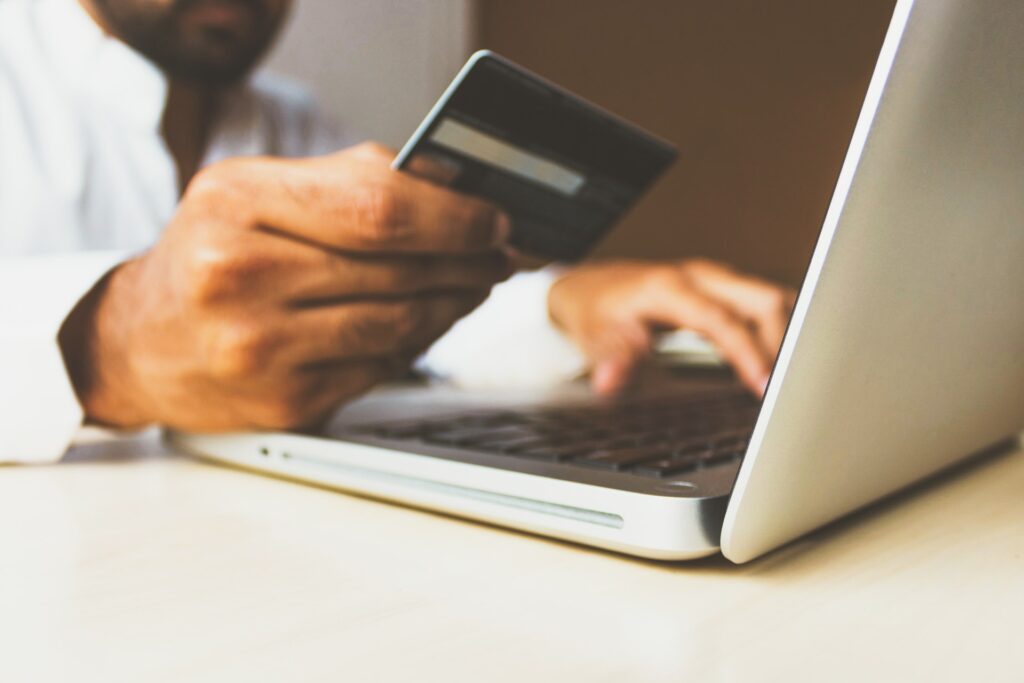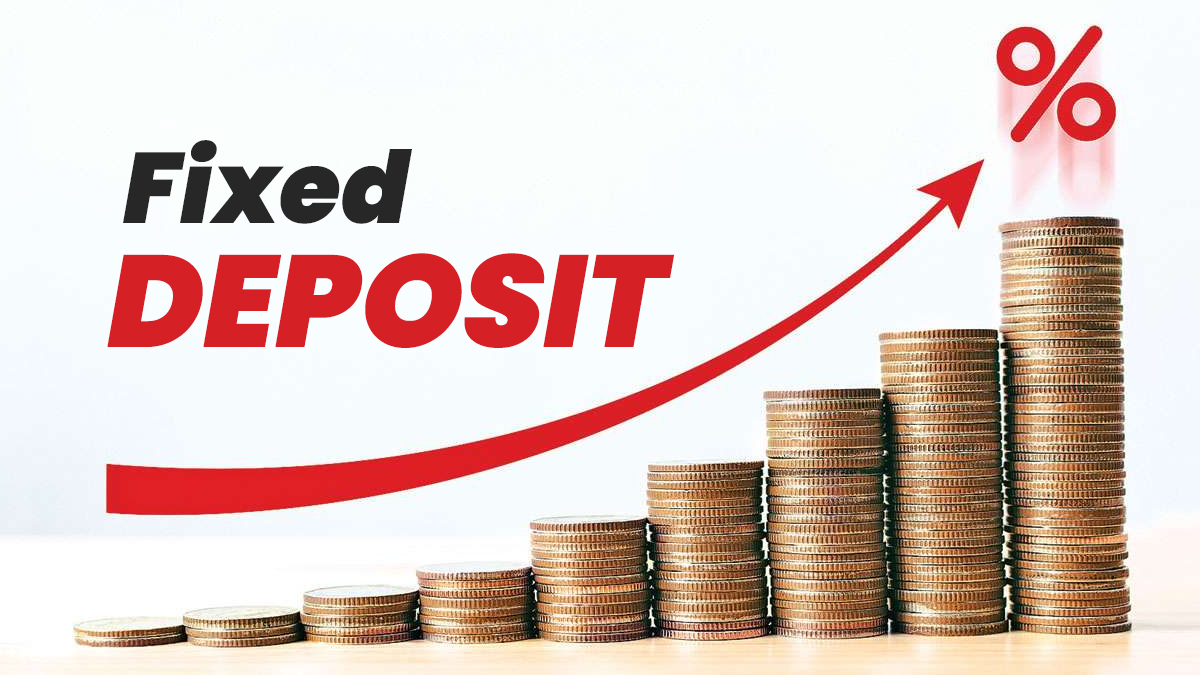Wholesale purchase, the practice of purchasing large quantities of goods at once, has been around for decades. However, in recent years, the way consumers shop and buy in bulk has changed dramatically. As technology and consumer needs evolve, the future of volume buy is set to undergo even more changes. Here are some of the innovations and trends to watch.
Subscription-based models
Subscription-based models are becoming increasingly popular in the world of buying in large quantities. Consumers can now subscribe to receive regular deliveries of products they use frequently, such as cleaning supplies, pet food, or baby products. This approach not only saves time and effort but also offers significant cost savings. Some retailers even offer subscription discounts or loyalty rewards to encourage repeat business.
Personalization
Personalization is a growing trend in retail. Retailers are starting to use data to personalize the shopping experience for their customers. For instance, a retailer might offer a personalized selection of products based on a customer’s past purchasing history. Alternatively, retailers may offer personalized discounts or pricing to encourage repeat business.
Sustainable packaging
As consumers become more environmentally conscious, retailers are responding with sustainable packaging solutions. In large-scale buying, this means packaging that is designed to be reused or recycled. For example, some retailers now offer bulk products in reusable containers or biodegradable packaging. Sustainable packaging not only reduces waste but also appeals to consumers who prioritize environmentally friendly options.
Digital storefronts
The rise of e-commerce has led to an explosion of online bulk buy options. With digital storefronts, consumers can browse a wide range of products and place orders from the comfort of their own home. Some online bulk retailers even offer free shipping or discounts for larger orders. In addition, digital storefronts make it easier for retailers to track inventory and manage their supply chain, which translates into better pricing and more reliable delivery for consumers.

Diversity of products
As consumer needs change, retailers are diversifying their offerings. Instead of only offering traditional bulk products like toilet paper and paper towels, retailers are expanding their product lines to include food items, electronics, and even furniture. This diversification means that consumers can now purchase a wide range of products in large quantities, making it even more convenient and cost-effective.
Hybrid models
The future of this type of buying is likely to include a range of hybrid models that blend online and offline retail. For example, some retailers now offer a click-and-collect option, where consumers can order products online and pick them up at a local store. This approach offers the convenience of online shopping with the immediacy of offline retail. Additionally, some retailers are experimenting with in-store volume-buy stations, where consumers can fill up reusable containers with the products they need, reducing packaging waste.
Challenges
However, as the future of wholesale purchase continues to evolve, retailers and consumers alike must also consider potential challenges. One such challenge is the potential for overconsumption and waste. While buying in bulk can be cost-effective and sustainable, consumers must be mindful of purchasing only what they need and using products before they expire. Retailers, on the other hand, must ensure that they are managing their supply chain and inventory effectively to prevent excess waste and unnecessary overstocking.
Another challenge is the need for storage space. While buying in bulk can save consumers money in the long run, it often requires ample storage space to accommodate large quantities of products. This can be particularly challenging for apartment dwellers or those with limited storage space. However, retailers are starting to respond to this challenge by offering smaller bulk sizes or by partnering with third-party storage solutions to provide additional storage options for consumers.
In conclusion
The future of volume buying is set to be exciting and dynamic. With innovations like subscription-based models, personalization, sustainable packaging, digital storefronts, diversification of products, and hybrid models, consumers can expect a more convenient, cost-effective, and sustainable shopping experience.





